Does More Megapixels Mean Better Camera
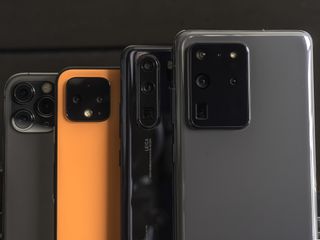
Anyone paying attention to smartphone specs in contempo years may take noticed manufacturers upstaging each other by increasing the megapixel count on their devices. Bigger numbers, bigger sensors and bigger expectations, merely all isn't as information technology seems once y'all dig deeper.
It harkens dorsum to when digital point-and-shoot cameras were measured the same style in the 2000s, though it was largely a mythical marketing ploy. Phones take since replaced those compact cameras, notwithstanding history is repeating itself again in the smartphone arena. But this time, there are far more nuances at work.
Accept your smartphone photography to another level
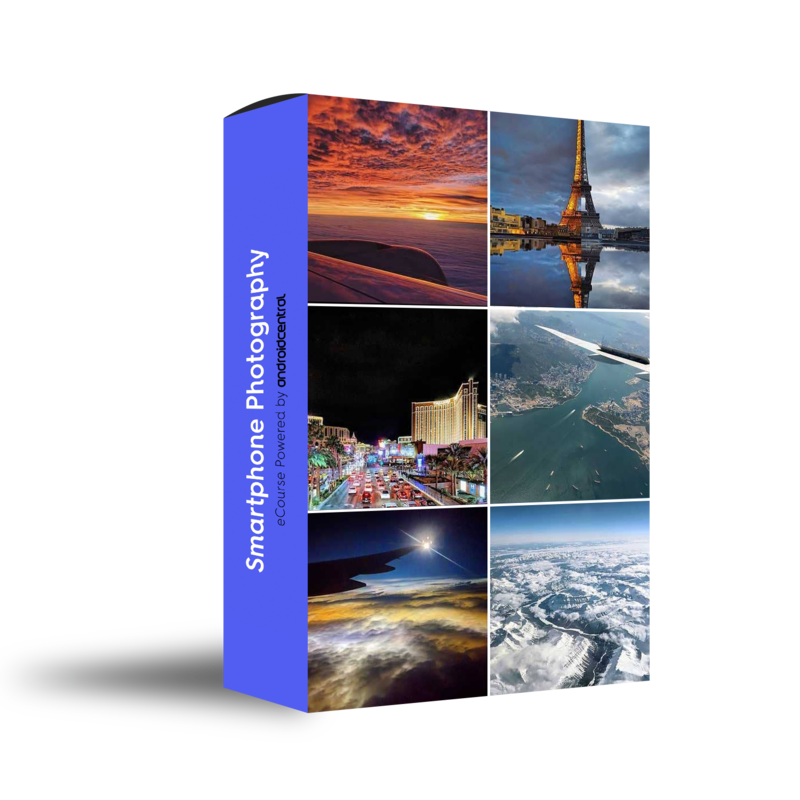
Smartphone Photography eCourse, powered by Android Cardinal
Hosted by Android Key'southward Alex Dobie
Join us for a deep dive into everything you need to know to take ameliorate photos. Composition, software features, and editing are but some of the features we'll be tackling together in this grade.
Measuring megapixels
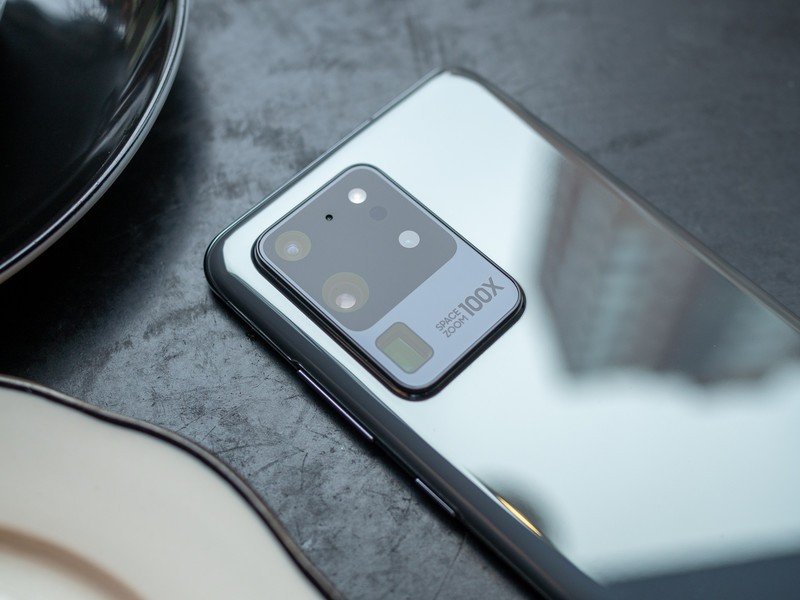
Let'southward put some perspective on this kickoff. Images are fabricated up of dots of visual information called pixels that number in the millions. Hence, megapixels. Dissimilar video formats in the HD era that are in sixteen:9 aspect ratio, most photos come out in three:2 or 4:3 (though you can shoot in 16:nine, too). That can skew how pixels line up, which can seem disruptive if yous're comparing still photos to video, merely the point is that the college the count, the better an image looks on a 4K or 8K Tv set, and the easier information technology is to impress.
It may seem logical that more megapixels would pb to better photos, merely that's not always true.
It might seem, at to the lowest degree on paper, that larger megapixel counts on phones would atomic number 82 to better photos — or at to the lowest degree greater flexibility when shooting. The problem is these smaller sensors on phone cameras are squeezing pixels more tightly together, which tin can have consequences. First, at that place is a higher likelihood of dissonance creeping into the shot at higher ISO, and second, it adversely affects low-light shooting considering smaller pixels mean less light hits the sensor in the beginning place.
Samsung highly touted its 108MP sensor in the Galaxy S20 Ultra for producing images then detailed that you could crop out almost anything out of them. In reality, it's actually a 12MP sensor that uses pixel binning to separate each pixel by a gene of nine:1 to reach 108, and then information technology's really software doing the piece of work.
Shooting at that resolution is elective, and for expert reason, because the standard 12MP wide photographic camera shoots better in depression-light than the 108MP manner does. How? The pixels are larger, thereby taking in more low-cal. There'southward also less noise at higher ISO levels. It'due south the same reason why the telephone's Night style shoots at 12MP and not 108MP. Technically, more particular would come up in at the higher number, but software would too have to work harder to drown out noise and pull in more light simultaneously.
It's well-nigh the sensor
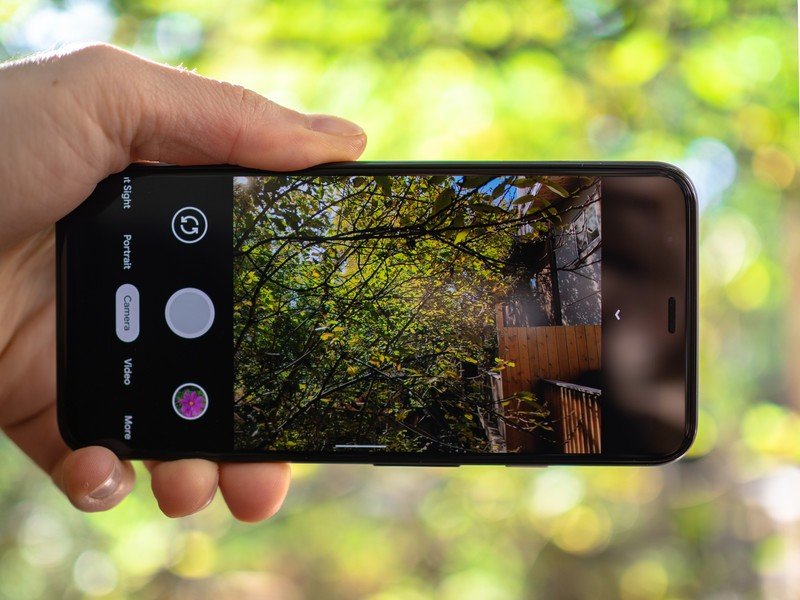
The sensor is the key to how well a phone's camera volition perform. The speed and quality of the lens is also a major cistron, but since these devices are constrained by concrete space and eyes, the sensor and software supporting it play integral roles.
Samsung's primary sensor in the Galaxy S20 Ultra measures 9.5mm x seven.3mm. In phone terms, that'southward monstrous compared to the contest. Fifty-fifty the iPhone 11 Pro Max, using a 7.01mm ten 5.79mm size Sony Exmor sensor at 12MP, is pocket-size by comparison. To be fair, the Google Pixel 4 and Pixel 4 40 are too using the same size sensor. As does the Huawei P30 Pro, which uses a Sony Exmor sensor every bit well.
A large sensor is usually more than important than a phone with the highest number of megapixels.
This is arguably the biggest reason why phones volition be struggling to friction match DSLRs or mirrorless cameras for a long while. A full-frame sensor on one of those cameras, which is the equivalent of 35mm film, is 36mm x 24mm. Smaller APS-C sensors on some mirrorless cameras are 22.2mm x xiv.8mm, so however a considerable size divergence.
And then, software has to step in and pick up the slack. Google and Huawei have each staked their claims to being the best in the business organization because of how their respective software interpolations piece of work. It also shows that Sony, a major supplier of CMOS image sensors for various phone brands, can play such an impactful role in smartphone photography, still never seem to get it correct on its own handsets. That's the power of software.
When megapixels come in handy
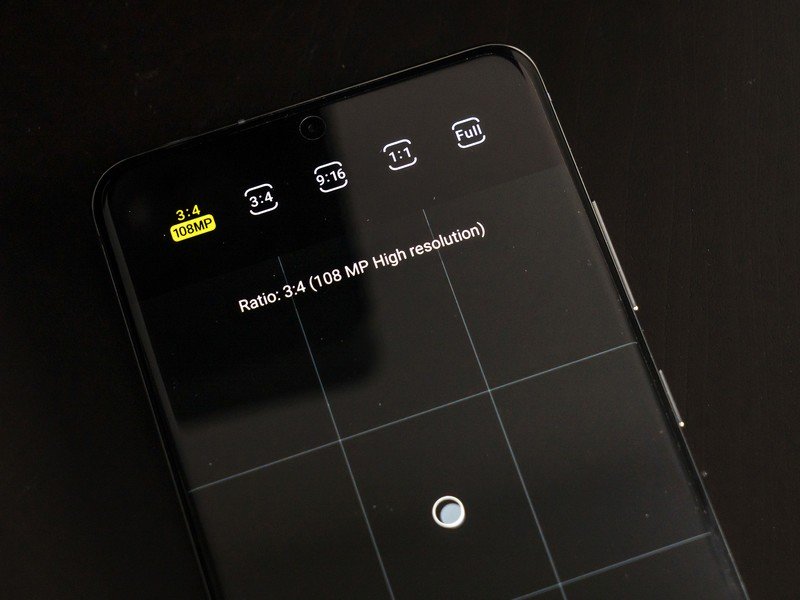
Samsung was right about i thing when information technology offset unveiled the 108MP camera: it tin brand information technology easier to shoot from a distance. The visitor'due south terrible 100x Infinite Zoom, notwithstanding, shooting at 108MP in daylight conditions tin can deliver a photograph good enough to crop.
It's the main reason why the 3x zoom on the Milky way S20 Plus and Galaxy S20 is a delusion. The optical portion of that zoom is only 1.06x, whereas the residual is simply cropping the outer edges to "zoom" closer. Samsung pulls that off on those devices by using a larger megapixel count on the telephoto lens. Information technology'due south also the same reason those phones utilise that lens to record 8K video.
OnePlus essentially did the same thing with the vii Pro, which advertises a 3x zoom, just is actually 2.2x optically, with the residue being a crop factor. For the almost office, a 48-megapixel paradigm can manage the equivalent of a 2x optical zoom without degradation. Any more than that, nonetheless, and software will have to step in and try to make clean upwardly any messes.
This is partly why hybrid zooms take been getting better. The 10x hybrid zoom on the Galaxy S20 Ultra is quite practiced in ideal lighting, but the chief reason why it's superior to the other 2 S20 models is because it has truthful 4x optical zoom in the telephoto lens. The software doesn't have to pull as much weight to make up the divergence and get the same shot.
More megapixels on a phone isn't necessarily a bad matter, just it'due south not the metric with which nosotros should measure out prospective performance. The prototype sensors and supporting software are doing the real piece of work, and that's where the existent innovations will exist moving forward.
Samsung's biggest
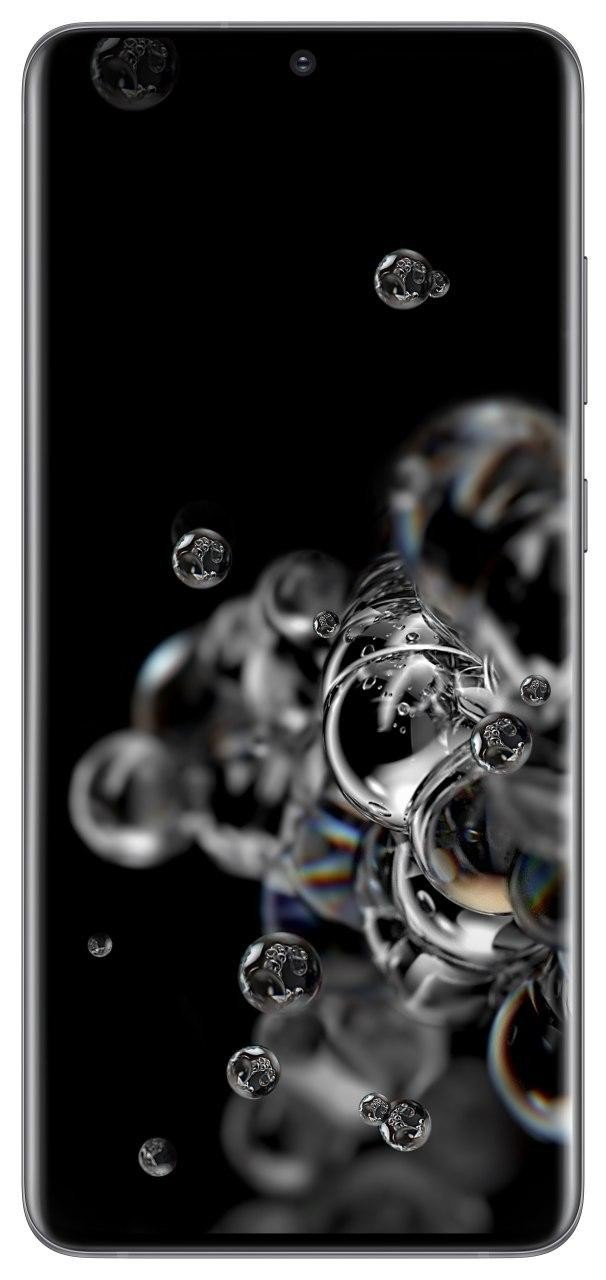
Samsung Galaxy S20 Ultra
The "cost is no cistron" pick ... provided you can deal with the size and weight. An impressive camera array and a massive battery sit underneath Samsung's biggest screen.

Source: https://www.androidcentral.com/why-more-megapixels-your-phone-camera-isnt-always-good-thing-sometimes-it
Posted by: choexpeithe.blogspot.com


0 Response to "Does More Megapixels Mean Better Camera"
Post a Comment